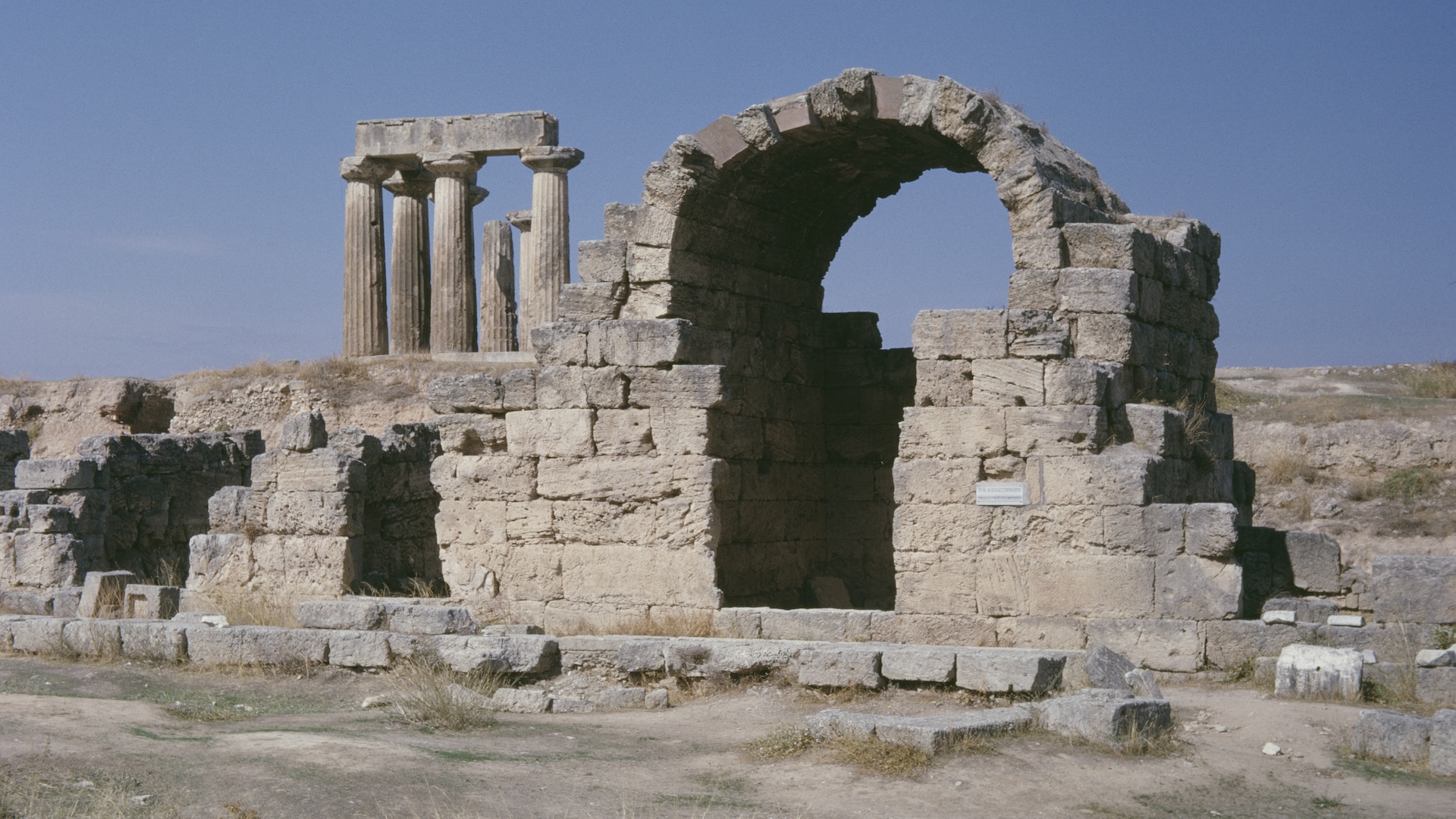
An archaeologist in Corinth, Greece, has identified the remains of a Roman prison — one of the few prisons identified from the Roman world.
Historical records indicate that "prisons must have existed in almost every Roman town, at least those that had a forum," Matthew Larsen, an archaeologist and associate professor of New Testament at the University of Copenhagen, wrote in the journal Hesperia. "Yet the archaeological remains of prisons have proven exceedingly hard to identify. There is scant evidence of what a Roman prison would have looked like, or where it would have been located."
The prison dates back around 1,600 years, to when the Roman Empire controlled the area and many people there had converted to Christianity. Larsen identified the prison by examining the site, its graffiti and records from an excavation back in 1901.
RELATED: Romans kept poisonous, narcotic seeds concealed in bone vials, new discovery reveals
An important part of identifying the prison was the graffiti on the site's floor. It contains pleas, written in Greek, such as "may the fortune of those who suffer in this lawless place prevail. Lord, do not show mercy on the one who threw us in here." The flooring contains cracks, and it was unclear whether the prison was once at another location and the flooring from it had been reused at this site.
Larsen found that all of the graffiti was written within the boundaries of the cracks. This suggests that when the flooring was placed, there were already cracks there and that the prisoners wrote the pleas within the cracks, thus supporting the idea that this site was a prison.
Additionally, Larsen noted what appear to be the remains of "olpai" (jugs) and lamps on the east aisle of the prison. These would have provided prisoners with water and a bit of light. There was also evidence for a small latrine in one of the prison's chambers, and it may have been used by the prisoners or guards, Larsen said.
A dismal place
The conditions for the prisoners would have been awful, Larsen said. From the graffiti the prisoners wrote, "you get a sense that they're in a very dark space, that they cannot be given a hearing," Larsen told Live Science.
One inscription suggests that a group of prisoners spent an entire winter in the prison. "Godbearer, repay [punishment given by] Marinos, the one who threw us in here and made us spend winter," one inscription says. "This probably would have been an incredibly cold place in the winter," Larsen said.
A few inscriptions contain depictions of game boards, suggesting that prisoners may have played some sort of games to pass the time. Some of the graffiti inscriptions contain pleas for the prisoner’s release. "Lord God and pure justice, ransom from this place the two brothers. Christ, safeguard both Boudis and John …"
One inscription may allude to prisoners' lovers. "The fortune of the beautiful girls who love the unmarried men prevails," it reads. Many inscriptions ask for vengeance on those who imprisoned them — "Lord, make them die an awful death," one inscription says.
Editor's note: This article was updated at 2:03 p.m. EDT on Aug. 12 to note that the interview with Matthew Larsen was on the phone, not over email as was previously stated.







